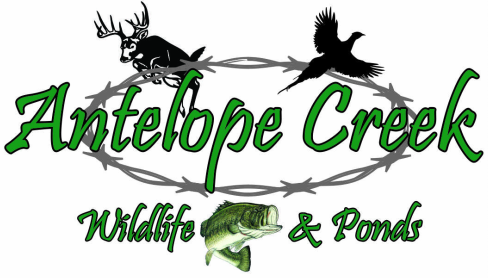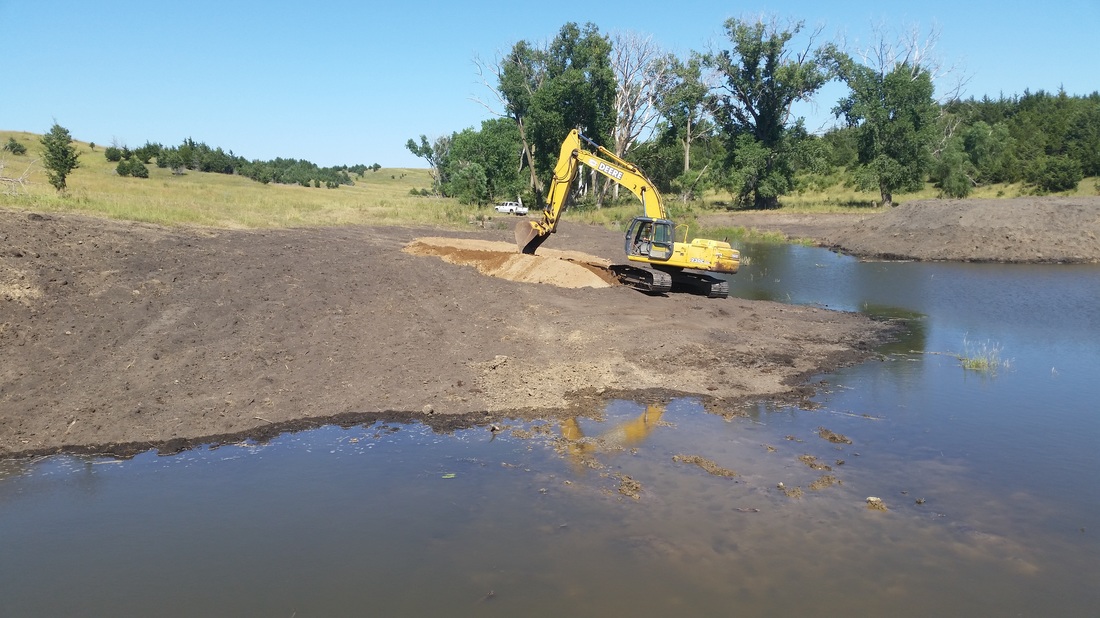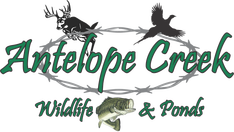It is not that aquatic vegetation is not vital for a fish community, because it is very much necessary towards a successful fishery, because it provides a safe haven for fry and fingerlings, but it is only present for the summer months in northern climates. If that is the only form of structure in the pond what do the fish do come the months of the year the vegetation dies off?
Fish need elements of structure for all stages of their life cycle. Not just thick vegetation for fry and fingerlings to hide but they need, areas to spawn, congregate, loaf, feed etc. and they need these areas all times of the year. Fingerlings that make it to fall and even adult prey species need places they can hide from the adult predator fish during fall, winter and early spring months as well.
Before you begin to build think about the species you wish to have in the pond. This way you can design the ponds structure accordingly. Yes a lot of species may use the same structure as another but maybe at different stages of their lives. Solely depends on what species we are talking about. Many species have different requirements for spawning structure or substrate over another. For example, bluegill and catfish are not going to spawn in similar habitat types. Yellow Perch are another species with specific needs for laying their eggs.
Think more than just spawning too. Plan out how you will want to fish the pond and create specific structures to attract and hold fish for your fishing outings. While the earthmovers are there put that equipment to use by building underwater creek channels. Use the excess dirt from that to build underwater reefs and islands covered with rocks and boulders. Extend points from shallow water to deeper water; add boulder piles, brush piles with lay down logs coming off points. This helps create escape from shallow water to deep water quickly, while having loafing and ambush sites for predators with heavy cover nearby for fingerlings and prey fish.
There are many options out there with natural and artificial habitat. Use what you have. We recently used 3 old cars as structures in the deep water serving as reefs or as salt water fishermen say, wrecks. These cars were pulled out of the ground during the excavation process. If you do this make sure any oil or petroleum products are out of the car. You can use trees that have to be taken out for construction as well; even old concrete chunks could be used in place of boulders. There are many options out there.
So before you start having that dream water body constructed sit back and think a little deeper than just a hole filled with water and some fish. How do you see yourself fishing it and what species do you prefer? Consult a local fisheries biologist or private consultant to help you with these decisions.
Remember to plan and manage today for a better tomorrow!
Brett Kleinschmit


 RSS Feed
RSS Feed
